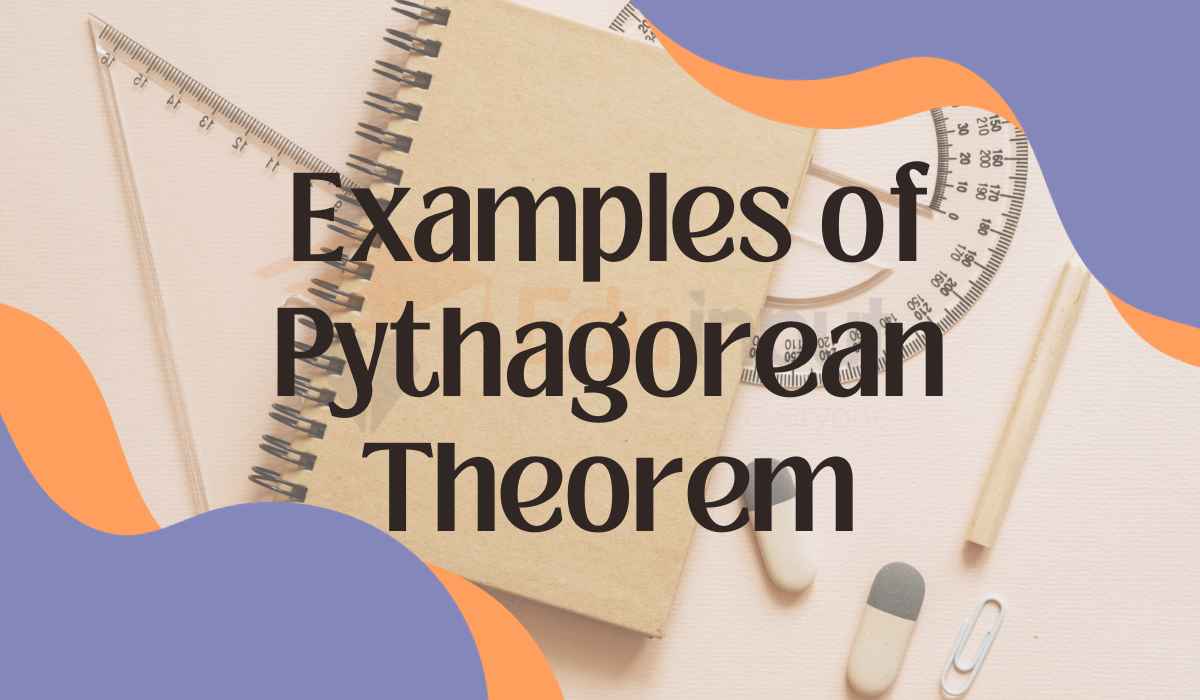10 Examples of Binomial Distribution in Mathematics
The Examples of binomial distribution is like a math tool we use when we do simple tests that have only two results.
These results can be called “yes” or “no” or “good” or “bad.” For example, when we flip a coin, roll a die, or pick a card, we’re doing these kinds of tests.
It helps us figure out the chances of getting a certain number of “yes” or “good” outcomes when we repeat these tests many times.
The binomial distribution applies when the following conditions are met:
1. The number of trials (n) is fixed.
2. Each trial results in a success or failure.
3. The trials are independent, meaning the outcome of one trial does not affect the outcome of other trials.
4. The probability of success (p) is the same for each trial.
In this article we will discuss the 10 Examples of Binomial Distribution in Mathematics.
Examples of Binomial Distribution
Example: 1
Flipping a coin 5 times. There are two possible outcomes for each flip, heads or tails. If the probability of heads is 0.5, this is a binomial experiment with n=5 and p=0.5. The number of heads follows a binomial distribution.
Example: 2
Rolling a six-sided die 10 times. There are six possible outcomes for each roll but we can classify rolling a 6 as a “success”. If the probability of rolling a 6 is 1/6, this is a binomial experiment with n=10 and p=1/6. The number of 6’s rolled follows a binomial distribution.
Example: 3
Drawing cards from a standard deck with replacement. If we are drawing 3 cards and define a heart as a “success”, this is a binomial experiment with n=3 and p=13/52. The number of hearts drawn follows a binomial distribution.
Example: 4
Making 10 free throws in basketball. If the probability of making each free throw is 0.75, this is a binomial experiment with n=10 and p=0.75. The number of free throws made follows a binomial distribution.
Example: 5
Answering 10 multiple choice questions with 4 options each . If the student guesses randomly, the probability of getting a question correct is 1/4. This is a binomial experiment with n=10 and p=0.25. The number of correct answers follows a binomial distribution.
Example: 6
Conducting 20 experiments in a physics lab. If each trial has a 15% chance of ending in equipment failure, this is a binomial experiment with n=20 and p=0.15. The number of failures follows a binomial distribution.
Example: 7
Taking a 10 question true/false quiz with a 50% chance of guessing correctly. This is a binomial experiment with n=10 and p=0.5. The number of correct guesses follows a binomial distribution.
Example: 8
Checking light bulbs. If 5% of bulbs are defective, testing 400 would be a binomial experiment with n=400, p=0.05. The number of defective bulbs follows a binomial distribution.
Example: 9
Surveying 50 people about their favorite ice cream flavor, with chocolate and vanilla as options. If 80% of people prefer chocolate, this is a binomial experiment with n=50 and p=0.8. The number who prefer chocolate follows a binomial distribution.
Example: 10
Estimating the number of typing errors in a 1000 word essay. If the probability of a typing error is 0.01, this is a binomial experiment with n=1000 and p=0.01. The number of typing errors follows a binomial distribution.
The binomial distribution is useful for modeling binary outcome experiments in mathematics and statistics. By identifying the number of trials and probability of success, many real-world examples can be described using the binomial distribution.






Leave a Reply